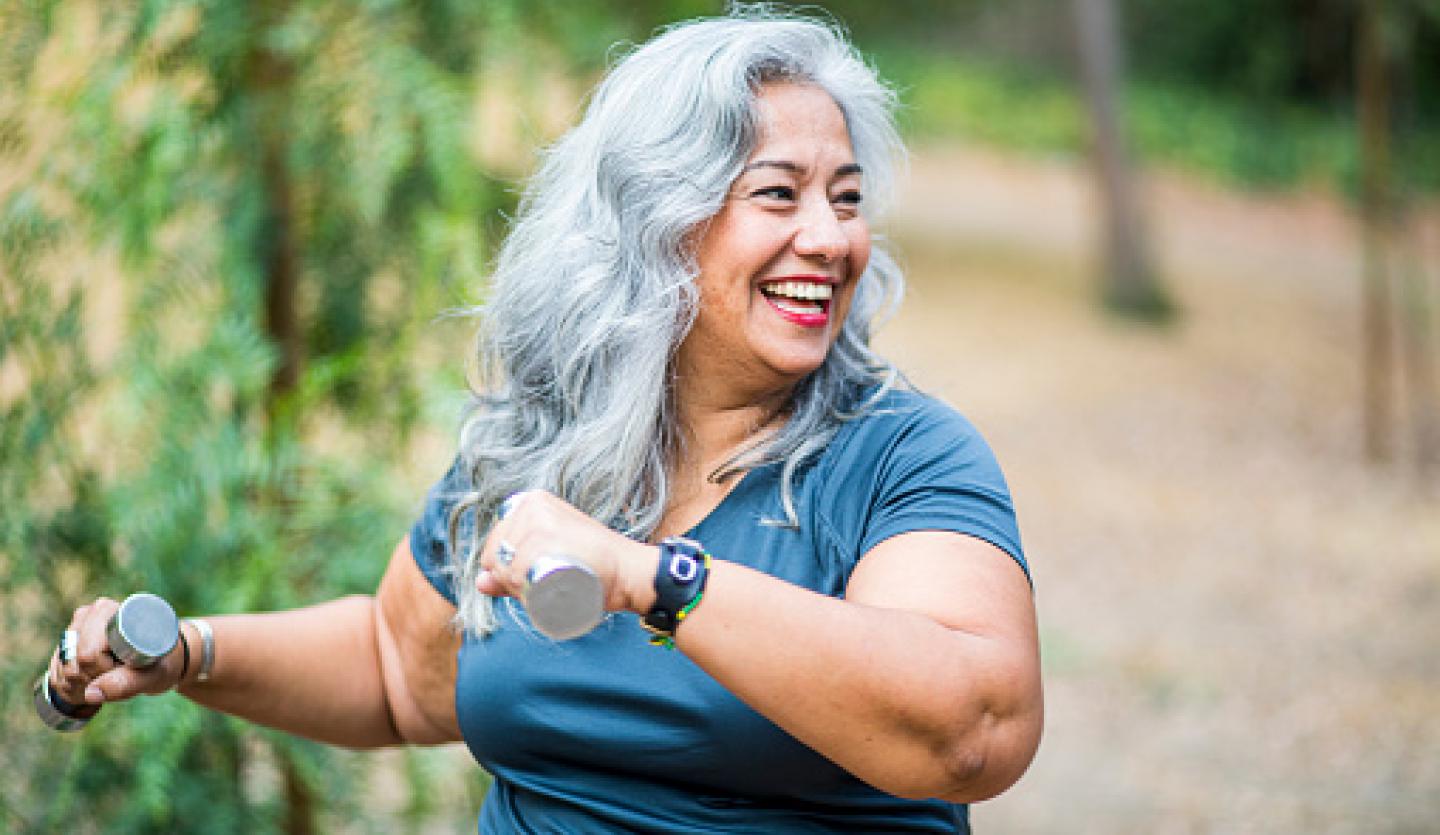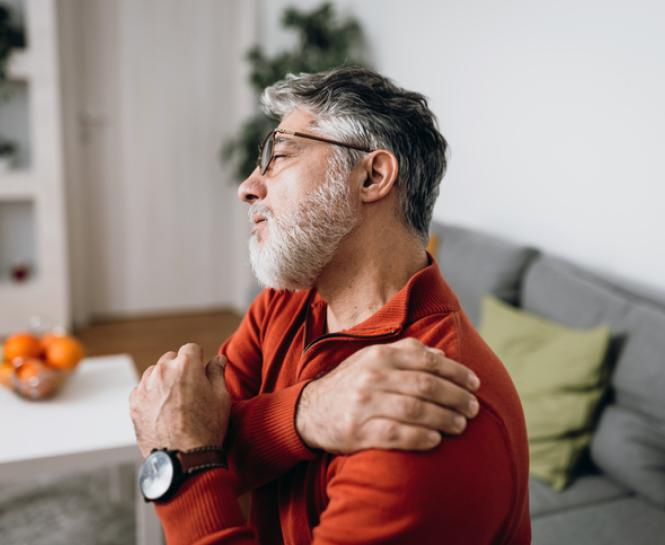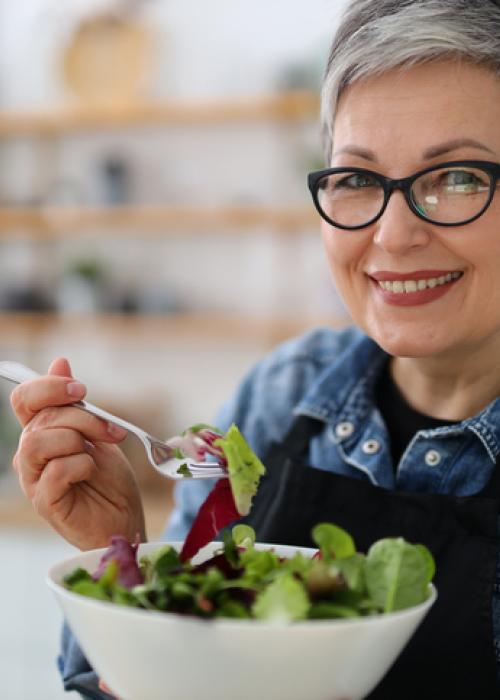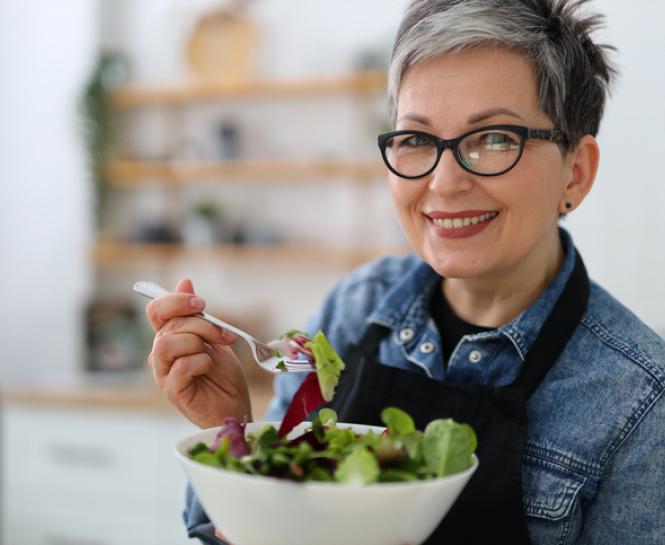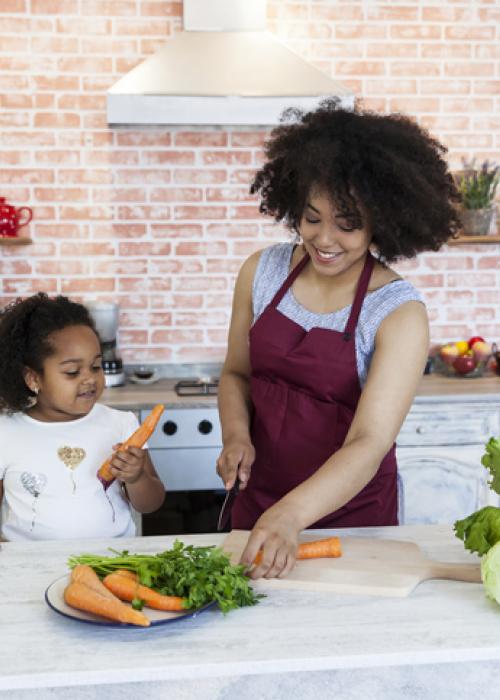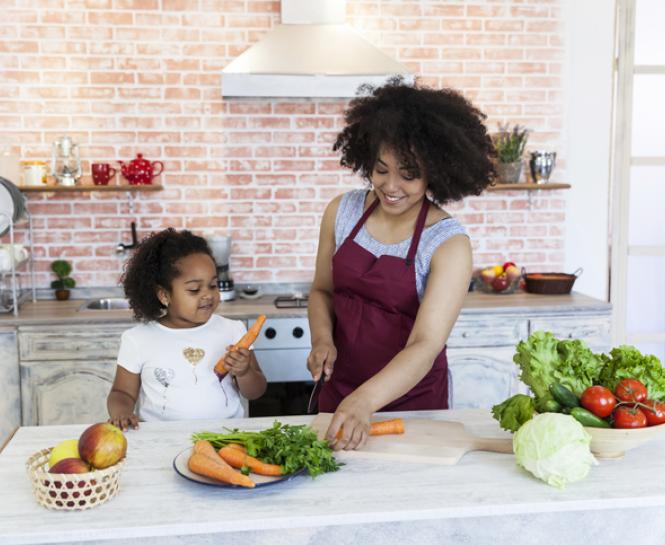Osteoporosis is a disease that weakens your bones, decreases bone mass and dramatically increases your risk of fractures. The condition affects an estimated 10 million Americans, and most of them are women. In fact, one in four women in America age 65 or older have osteoporosis, according to the U.S. Department of Health and Human Services.
What is osteoporosis?
Your bones are made of living tissue that renews itself constantly. As older bone tissue breaks down, new bone tissue takes its place to prevent bone loss. Osteoporosis occurs when your body can’t produce new bone tissue fast enough to keep up with the demand, causing weakened bones that can be broken easily. This is possible at any age but is more common after age 65.
Osteoporosis is considered a “silent disease” because a broken bone or collapsed vertebrae is often the first sign that your bone mass has deteriorated. As your condition progresses, you may experience other symptoms, including:
- Back pain from fractured or collapsed vertebra
- Easily broken bones
- Height loss over time
- Stooped or hunched posture
Your age, race, lifestyle choices and medical history all play a part in the likelihood you'll develop osteoporosis. White and Asian women past menopause are at the highest risk. Other risk factors include a small body frame and a family history of osteoporosis.
Bone fractures are the most severe complication of osteoporosis, especially in the hip and spine. The result can be life-changing.
Can I prevent osteoporosis?
A healthy lifestyle with a balanced diet and plenty of exercise is one of the best ways to maintain strong bones. Here are five tips to help protect your bones from fracture and collapse.
Tip 1: Stay Active
Exercise and activity help increase bone mass when you're young and help protect it as you age. Choose weight-bearing exercises such as dancing, walking or jogging to maximize your benefits. Avoid activities that involve vigorous, sudden movements, twisting or bending from the waist.
Tip 2: Don’t Smoke
Smokers absorb less calcium than non-smokers, which leads to weaker bones with a greater possibility of multiple fractures and extended healing times.
Tip 3: Drink in Moderation
Excessive alcohol damages your bones and makes them more prone to breakage. Drinking too much can also increase your risk of falling if it affects your balance or impairs your mobility.
Tip 4: Count on Calcium
In addition to building stronger bones, calcium helps your blood clot and muscles contract. Your required amount depends on factors such as age and general health. Talk to your physician to determine if you need calcium supplements.
Tip 5: Soak Up the Sunshine
Vitamin D improves your body’s ability to absorb calcium from food. Getting 10 to 15 minutes of sunlight two or three times a week is usually all it takes to produce sufficient vitamin D for stronger bones. Vitamin supplements, milk, and other dairy products are also good sources of vitamin D that strong bones require.
Tip 6: Get a Bone Density Test
Women of menopausal age should talk to their doctor about a bone density test to determine their risk for osteoporosis.

